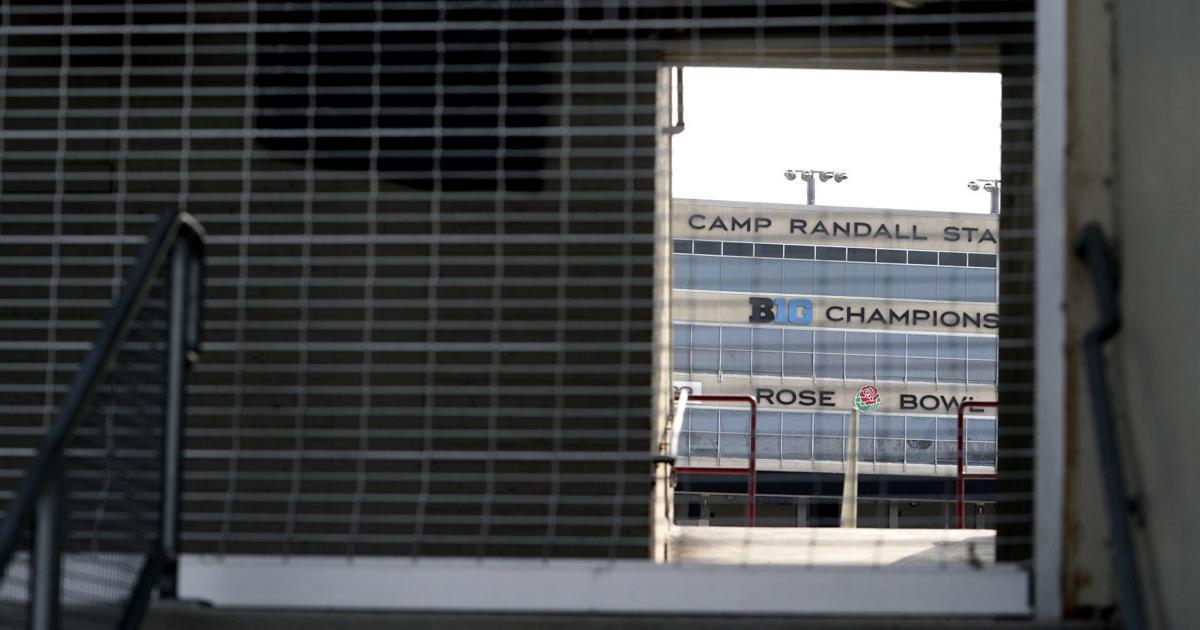Probably not.
Amid Developing Science, Does Big Ten's 21-Day COVID Protocol Still Make Sense?
When the Big Ten instituted a 21-day window before players can return from a positive virus test, cardiac screening was the big reason why. Now, cardiologists say that testing may not be needed for many.
...We’re just not seeing a lot of clinically relevant cardiovascular disease [in those athletes],” he continues while speaking on a JAMA podcast interview made available to SI. “This document, although it calls for continued data and more study, makes the case that not all COVID is created equal.”
At the center of the medical paper is the relevance and necessity—or lackthereof—for post-virus cardiac MRI, the most intrusive and expensive of the screening battery. There is “insufficient data” to support the use of cardiac MRIs to screen all athletes, according to the document. In fact, cardiac MRIs can produce what the paper terms as “false positives,” finding pre-COVID abnormalities that could potentially disqualify an athlete and have physicians scrambling over nothing.
James Udelson, the chief of the division of cardiology and director of the Nuclear Cardiology Laboratory at Tufts Medical Center, describes this as “overimaging” a patient. “Early on, there were case reports out of Italy and China of true myocarditis,” he says. “However, later autopsy reports showed that wasn’t the case.”
Jon Drezner, a team physician for the Washington Huskies and one of the most respected sports cardiac specialists in the nation, uses an analogy to describe false positive MRIs. Imagine doctors performed spinal MRIs on 100 50-year-old men who have had no back pain in their lives. About half of those men would show findings of degenerative spine disease. “So how do you interpret that?” Drezner asks.
Ackerman refers to this as “non-specific noise” from MRIs, which is the root of an Ohio State study published in August that raised alarms across college football over myocarditis. “The non-specific nature of that test starts to put more and more people unnecessarily in the penalty box for no good reason,” Ackerman says.
Cardiac MRIs aren’t easy to come by, either. In fact, Penn State’s closest cardiac MRI machine is 90 minutes away in Hershey, Barbour says.
Meanwhile, across the nation, physicians continue to find slim traces of myocarditis, as the JAMA paper notes. In Washington and in the Pac-12, for instance, Drezner says there “a lot of screening happening and not a lot of true cardiac pathology is being found.”
Scientists say the advanced cardiac screening that shaped the Big Ten's 21-day virus policy may not be needed for many.

www.si.com



